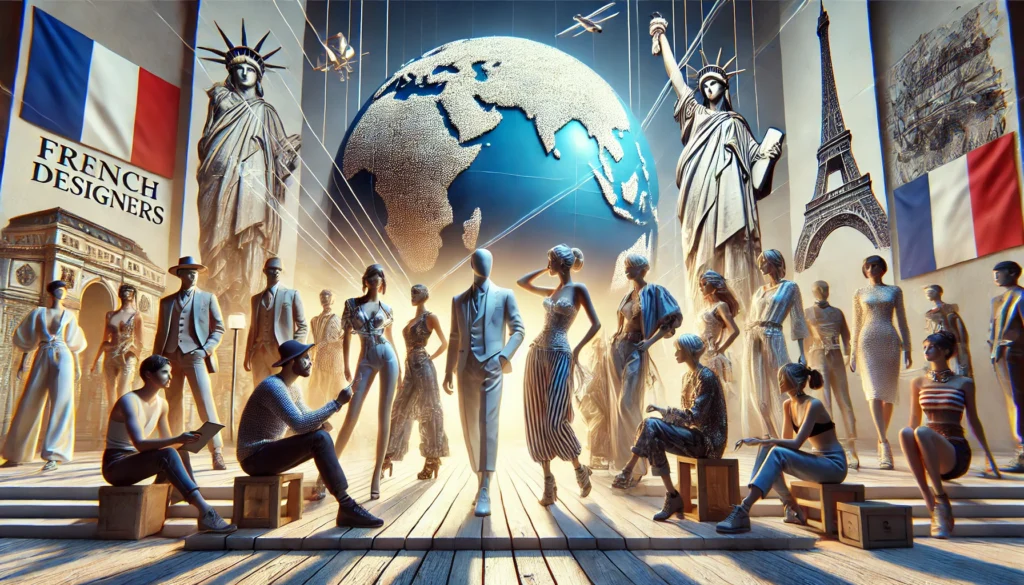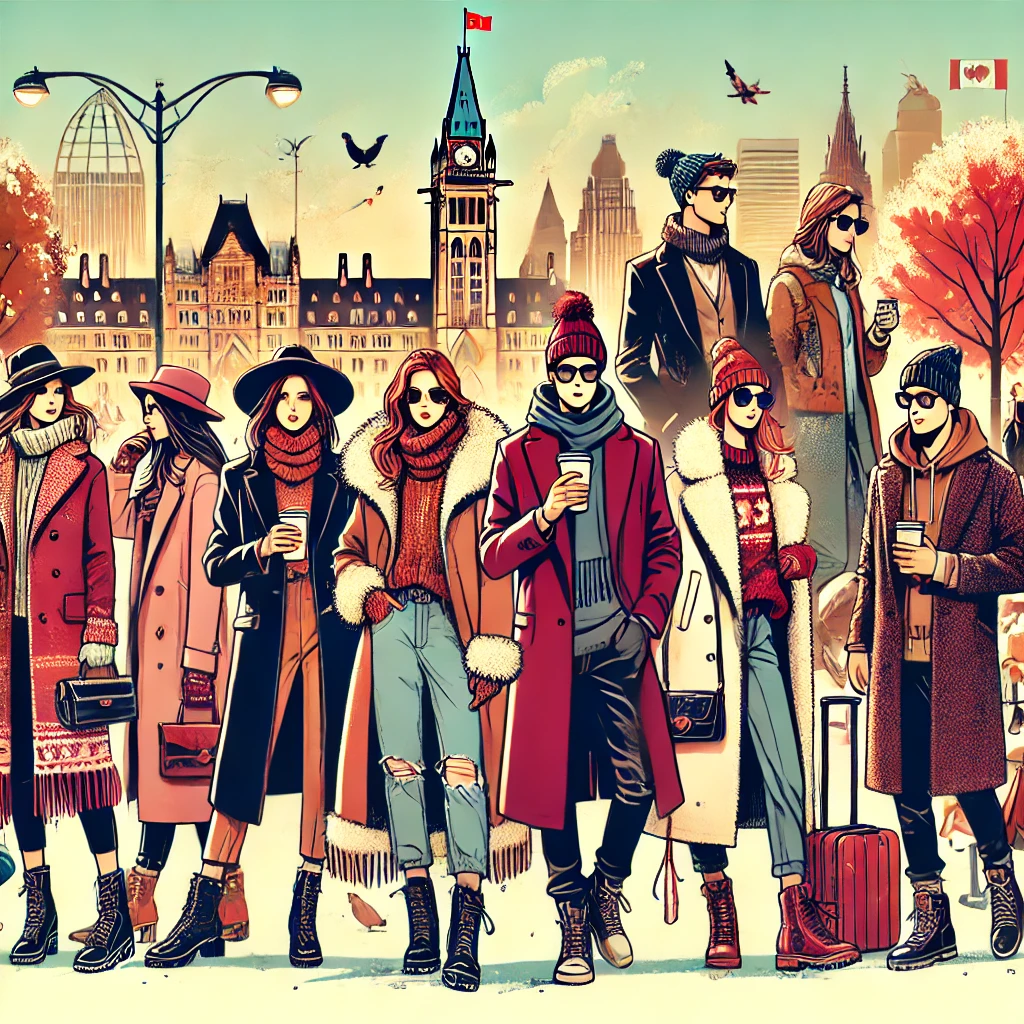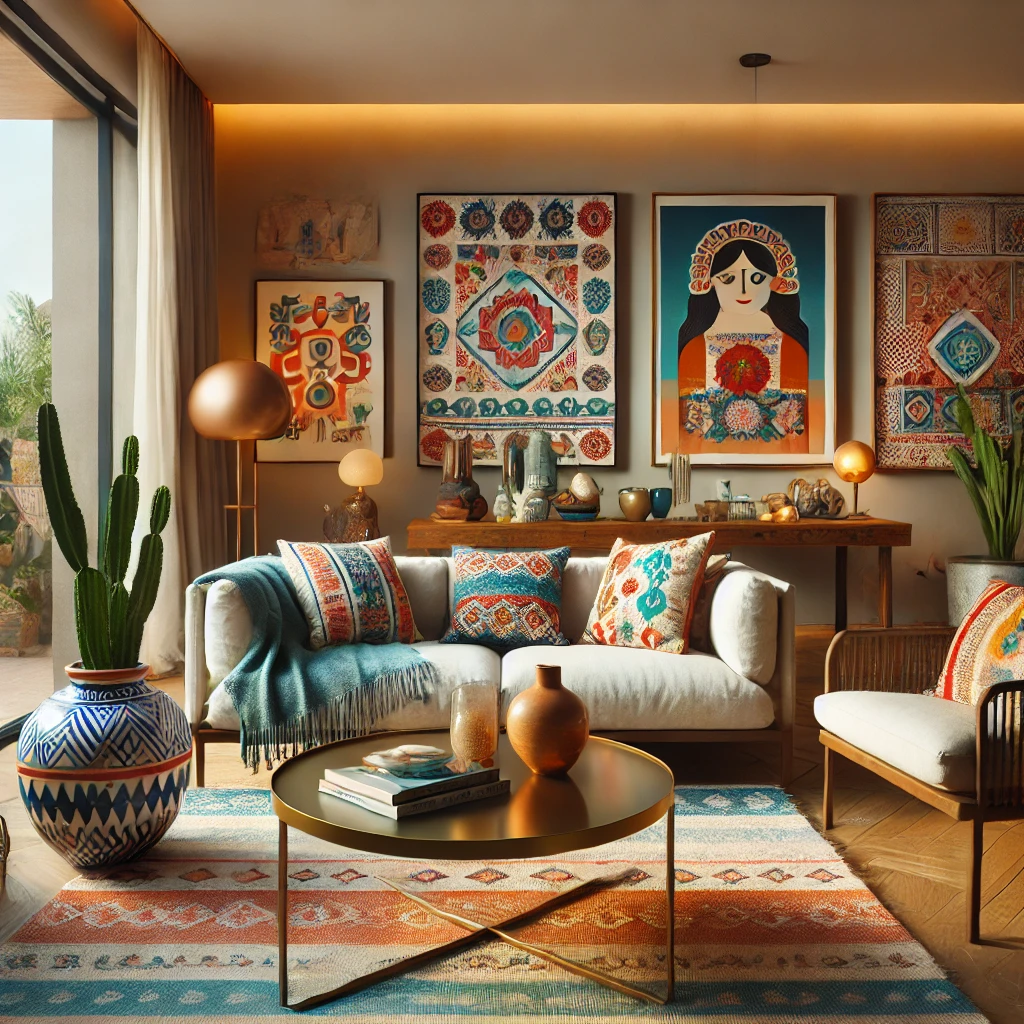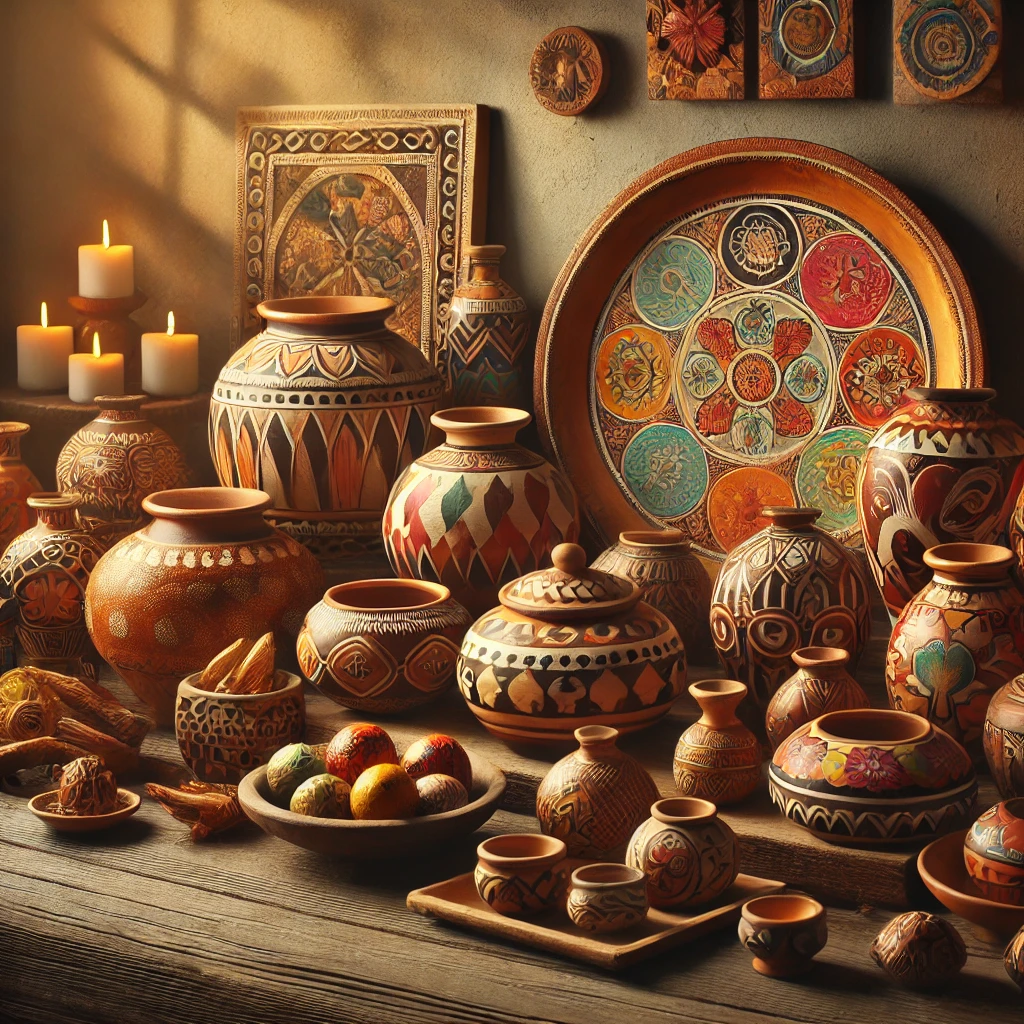Table of Contents
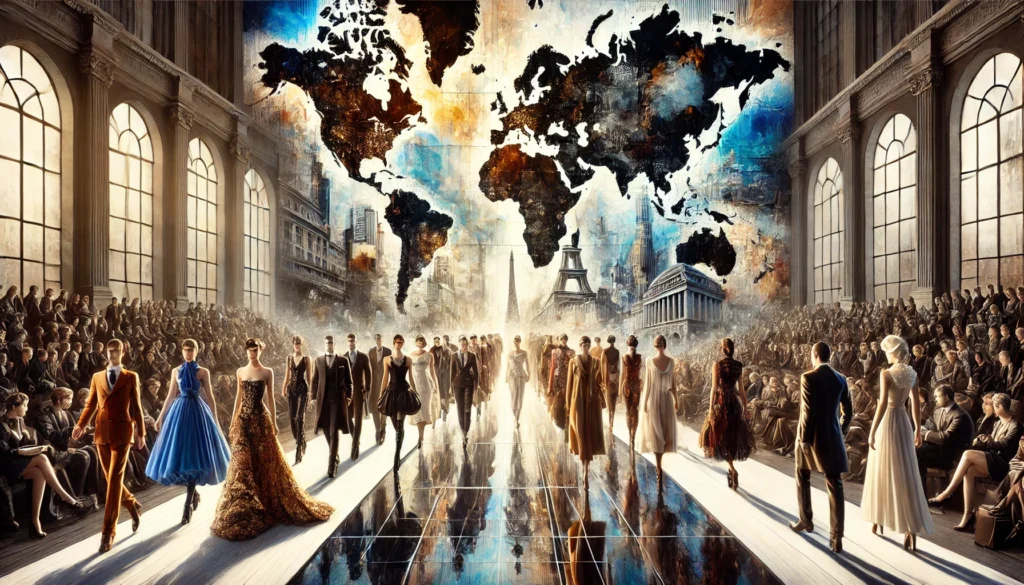
Introduction to French Fashion
France holds a storied and influential place in the annals of global fashion. Renowned for its rich heritage and pioneering efforts, the country’s fashion industry has consistently set benchmarks that others strive to achieve. The roots of French fashion can be traced back to the 17th century, when the court of Louis XIV elevated style to a form of artistry. Known as the Sun King, Louis XIV fostered an environment wherein luxury and opulence flourished, laying the groundwork for France’s dominance in sartorial elegance.
Fast forward to the modern era, and French designers have continued to be at the forefront of innovation and elegance. Their contributions have shaped global trends through a distinct blend of creativity, technical skill, and a keen eye for detail. Key elements that distinguish French fashion include a focus on sophistication, cutting-edge trends, and the ever-enchanting world of haute couture. Haute couture, characterized by its meticulous craftsmanship and custom-fitting garments, epitomizes the epitome of luxury fashion.
Moreover, the French fashion industry is synonymous with iconic names such as Coco Chanel, Christian Dior, and Yves Saint Laurent, each contributing unique perspectives that broaden the horizons of fashion itself. Coco Chanel introduced the world to timeless pieces such as the little black dress and the Chanel suit, blending simplicity with enduring elegance. Meanwhile, Christian Dior revolutionized post-war fashion with the “New Look,” emphasizing feminine silhouettes and opulence. Yves Saint Laurent, on the other hand, daringly blurred the lines between traditionally masculine and feminine attire, thus embracing a more progressive vision.
Whether we consider the historic streets of Paris or the grandeur of Fashion Week, French designers have an undeniable impact on the global fashion landscape. Their ability to merge tradition with innovation ensures that France remains a beacon of style and creativity. As we delve deeper into the roles these designers play and their continual evolution, the significance of French fashion becomes vividly apparent.
Iconic French Fashion Designers: Past and Present
French designers have consistently held a pivotal role in shaping the global fashion landscape, creating styles that transcend time and geographic boundaries. Historically, figures like Coco Chanel and Yves Saint Laurent revolutionized women’s wear with their innovative designs. Coco Chanel, renowned for her timeless tweed suits and the iconic Little Black Dress, broke away from the restrictive norms of her era, introducing comfort and elegance without compromising on sophistication.
In parallel, Yves Saint Laurent redefined fashion with his advent of prêt-à-porter, offering ready-to-wear collections that made high fashion more accessible. His ‘Le Smoking’ tuxedo for women was a bold, gender-bending statement that underscored his forward-thinking approach. Christian Dior, another titan in the industry, introduced the ‘New Look’ in 1947, emphasizing femininity with cinched waists and voluminous skirts, a stark departure from the austere fashion of the wartime era.
Moving to contemporary figures, Givenchy’s clean, classic designs earned worldwide acclaim. His elegant creations, favored by icons like Audrey Hepburn, wield significant influence even today. Jean-Paul Gaultier, often dubbed the ‘enfant terrible’ of French fashion, brought avant-garde and provocative designs to the forefront, challenging conventional aesthetics through his eclectic creations and signature sailor stripes.
Hedi Slimane, known for his transformative stints at Dior Homme and Saint Laurent, significantly impacted menswear with his slim silhouettes and rock-inspired styles. His vision rejuvenated the brands, appealing to a younger, trendsetting demographic. These designers, past and present, have continuously propelled French fashion’s stature, blending tradition with innovation, thereby influencing global trends in profound and enduring ways.
Paris as the Fashion Capital of the World
Paris stands unrivaled as the fashion capital of the world, a distinction earned through centuries of iconic contributions to the global fashion industry. The city’s illustrious reputation is cemented by events like Paris Fashion Week, a biannual spectacle drawing designers, buyers, and media from across the globe. Here, the innovative visions of French designers and their global counterparts are showcased, setting trends that ripple through the fashion landscape for seasons to come.
The influence of French fashion houses cannot be overstated. Legendary names such as Chanel, Louis Vuitton, and Dior continue to dominate the industry, creating collections that blend traditional craftsmanship with avant-garde modernity. These maisons de couture do more than produce garments; they dictate the very essence of style, merging Parisian elegance with contemporary flair. French designers have historically influenced every aspect of fashion, pushing boundaries and establishing new norms within the industry.
Paris’s impact extends beyond the runway and couture ateliers. The city’s fashion media, including globally renowned publications like Vogue Paris and Elle, play a critical role in shaping public perception and trends. These outlets serve as pivotal platforms for both established and emerging French designers, amplifying their influence worldwide. Moreover, Paris is a retail haven, with flagship stores and boutiques offering exquisite collections that attract fashion enthusiasts from different corners of the world.
Parisian street style is another significant element of the city’s global fashion influence. The effortlessly chic aesthetic embraced by Parisians has a profound impact on global fashion trends. The distinct blending of high fashion with casual wear seen on Parisian streets frequently finds its way onto international platforms and into everyday wardrobes, demonstrating the pervasive reach of Parisian style.
In essence, Paris’s unmatched contributions through legendary French designers, high-profile events, and influential media solidify its standing as the epicenter of the fashion world. The city’s amalgamation of historical prestige and modern innovation continues to inspire and set the benchmark for global fashion.
The Influence of French Couture
The concept of haute couture, synonymous with luxury and exclusivity, finds its roots deeply entrenched in French culture. Haute couture, translating to “high sewing” in English, originates from France and represents the pinnacle of custom-fitted clothing, crafted with extraordinary precision and unparalleled craftsmanship. French designers are revered for setting these high standards, creating art pieces that transcend mere clothing.
In the early days of haute couture, Charles Frederick Worth, often considered the father of haute couture, established the tradition in Paris in the mid-19th century. He founded the first haute couture house, laying down the blueprint that would define the luxury fashion industry for centuries to come. The craftsmanship, attention to detail, and exclusivity of Worth’s work laid the path for future French designers.
The importance of haute couture in the fashion industry cannot be overstated. It is not only a testament to impeccable craftsmanship but also a laboratory for innovation. It allows French designers to experiment with different fabrics, designs, and trends, which eventually trickle down into ready-to-wear collections and mainstream fashion. This ripple effect has made French couture a cornerstone of global fashion.
Renowned fashion houses such as Chanel, Dior, and Givenchy have perpetuated the legacy of haute couture, bringing it into contemporary times. Coco Chanel’s little black dress, Christian Dior’s “New Look” silhouette, and Hubert de Givenchy’s timeless elegance have all set benchmarks that reverberated across the global fashion landscape. Each collection unveils opulence and meticulous artistry, influencing designers worldwide while maintaining an aura of exceptionality.
These iconic French designers continue to shape global trends through their haute couture collections. The intricate beadwork, luxurious fabrics, and avant-garde designs showcased on Paris runways often inspire other fashion markets. Whether it’s the bold creativity of Jean-Paul Gaultier or the refined elegance of Valentino, French couture remains a touchstone for global fashion innovation. The perennial flair and inventiveness of France’s design maestros ensure that haute couture remains an ever-evolving art form, continually pushing boundaries and setting new standards in the fashion world.
Sustainable Fashion: French Designers Leading the Way
In recent years, the global fashion industry has seen a significant shift towards sustainability. French designers are at the forefront of this movement, pioneering efforts to address environmental and ethical concerns. These designers are renowned for their innovative use of eco-friendly materials, ethical production methods, and active campaigns promoting sustainable fashion.
One of the key initiatives by French designers is the adoption of eco-friendly materials. Recyclable fabrics, organic cotton, and biodegradable textiles are now commonly used in high-end collections, reducing the overall environmental footprint. For instance, renowned fashion houses like Stella McCartney and Marine Serre have made significant strides in this area, integrating sustainable materials without compromising on style or quality.
Ethical production methods also play a crucial role in the sustainability efforts of French designers. This includes ensuring fair wages and safe working conditions for all workers involved in the production process. Brands like Veja and Atelier Tuffery have built their reputations on such practices, focusing on transparency and accountability in their supply chains.
Campaigns promoting sustainable fashion are another hallmark of the French fashion landscape. Designers are actively engaging in public discourse, raising awareness about the environmental impact of fast fashion and encouraging consumers to make more conscious choices. Initiatives such as the “Fashion Pact,” signed by major French luxury brands, aim to reduce the industry’s greenhouse gas emissions and promote biodiversity.
Moreover, many French designers are setting new standards by integrating sustainability directly into their high fashion collections. This not only pushes the boundaries of creativity but also redefines what luxurious fashion looks like in a modern, environmentally conscious world. By marrying craftsmanship with sustainability, French designers are not only shaping global fashion trends but also paving the way for a more responsible and sustainable future in the fashion industry.
The Role of French Fashion Schools
French fashion schools hold a prestigious place in the global fashion landscape, serving as the breeding ground for future fashion leaders. Institutions like ESMOD and Institut Français de la Mode have garnered international acclaim for their rigorous curricula and comprehensive training, establishing themselves as pivotal in nurturing the next generation of creative minds. These schools attract students globally, affirming their influence in shaping trends and dictating style codes across diverse markets.
ESMOD, founded in 1841, is considered one of the oldest fashion schools in the world, and its graduates are frequently seen leading influential fashion houses. The school’s curriculum emphasizes both technical skills and creative vision, ensuring students can seamlessly transition into the fast-paced fashion industry. Similarly, the Institut Français de la Mode offers pioneering programs that blend cultural insights with cutting-edge design techniques. The institution’s unique approach integrates fashion management with haute couture, thereby equipping students with a holistic understanding of the industry.
One unique aspect of French fashion education is its emphasis on real-world experience. These esteemed institutions often partner with top fashion houses, allowing students to gain firsthand exposure through internships and collaborative projects. This approach ensures that graduates are not only theoretically proficient but also practically adept at navigating the complexities of the fashion world. The schools also attract globally renowned designers as guest lecturers, further enriching the learning experience with their insights and professional experiences.
Moreover, French fashion schools are renowned for celebrating and preserving the heritage of French design while simultaneously encouraging innovation and individuality. This blend of tradition and modernity creates a dynamic learning environment that propels French designers to the forefront of global fashion. The combination of robust education, hands-on training, and exposure to industry stalwarts ensures that these institutions remain instrumental in shaping the future of fashion.
Collaborations and Cross-Cultural Influences
French designers have a long-standing tradition of engaging in collaborative projects that transcend geographical and cultural boundaries. These partnerships not only diversify their creative inputs but also extend the global reach of French fashion. A notable aspect of these collaborations is the way they incorporate elements from various cultures, resulting in unique and innovative designs that appeal to a global audience.
One significant example is the collaboration between French designer Jean Paul Gaultier and London-based Indian designer Manish Arora. This partnership showcased a blend of French haute couture and traditional Indian aesthetics, creating a collection that celebrated both cultures’ rich fashion heritages. The incorporation of vibrant Indian textiles and motifs, combined with Gaultier’s avant-garde approach, resulted in a line that was both striking and commercially successful.
Another prominent collaboration is between Louis Vuitton and Japanese artist Yayoi Kusama. This partnership brought together the luxury of Louis Vuitton with Kusama’s iconic polka dot designs, creating a collection that seamlessly merged French elegance with Japanese pop art. The collaboration was so successful that it led to a second collection, further cementing the influence of cross-cultural partnerships in the fashion industry.
Furthermore, French designers often collaborate with American brands to tap into new markets and showcase French fashion on global platforms. For instance, the collaboration between French fashion house Balmain and American retailer H&M brought high-end French fashion to the mainstream market, making sophisticated designs accessible to a broader audience.
These cross-cultural partnerships are not just about blending aesthetics; they also serve to expand the narrative and influence of French designers on the global stage. By embracing diverse cultural elements and working with international brands and artists, French designers enhance their creative repertoire and ensure that French fashion remains at the forefront of global trends.
The Future of French Fashion
The future of French fashion holds immense promise, driven by innovative talents and the dynamic contributions of new and emerging designers. As we look ahead, it is clear that the spirit of French creativity will continue to play a pivotal role in shaping global fashion trends. The landscape is evolving rapidly, marked by a seamless blend of technology and design that will redefine how fashion is conceived, produced, and experienced.
One of the key attributes of French designers is their ability to merge tradition with modernity effortlessly. Emerging talents like Marine Serre and Simon Porte Jacquemus are already making waves with their bold, avant-garde designs that challenge conventional norms. These designers are spearheading a movement that emphasizes sustainability, ethical production, and inclusivity, reflecting a broader industry shift towards responsible fashion. Their work is a testament to the enduring influence of French creativity while pushing the boundaries of what fashion can achieve.
Technology is poised to play an increasingly vital role in the future of French fashion. The integration of cutting-edge innovations such as 3D printing, artificial intelligence, and virtual reality is set to revolutionize how clothes are designed and marketed. For instance, AI-driven design tools are enabling French designers to experiment with unprecedented precision, developing unique patterns and textiles that were previously unimaginable. Meanwhile, virtual reality is transforming the shopping experience, offering consumers virtual fashion shows and try-ons, thereby making haute couture accessible to a global audience like never before.
However, alongside these opportunities lie significant challenges. The industry must navigate the pressures of high-speed trends and the demand for fast fashion while maintaining the integrity and quality that French fashion is renowned for. Additionally, sustainability will remain a critical focus, prompting designers to adopt eco-friendly practices and materials without compromising on aesthetic excellence.
In this multifaceted future, the influence of French designers and their enduring legacy of innovation will undoubtedly continue to inspire and redefine fashion worldwide. Their ability to adapt and thrive amidst ever-changing technological and cultural landscapes ensures that French fashion remains at the zenith of global style evolution.
